Researchers from the University of Leeds’s Bragg Centre for Materials Research are collaborating with artists to explore what it means to be creative, through the Cultural Institute’s Leeds Creative Labs programme.
Over 12 weeks, groups of researchers - drawing from diverse academic fields including Physics and Astronomy, Chemistry, Mathematics, Engineering and Design - have been matched into individual pairings with creative practitioners whose work covers visual art, theatre, literature, craft and sonic art.
Current collaborations
Cabinet of Curiosity and Andrew Lee
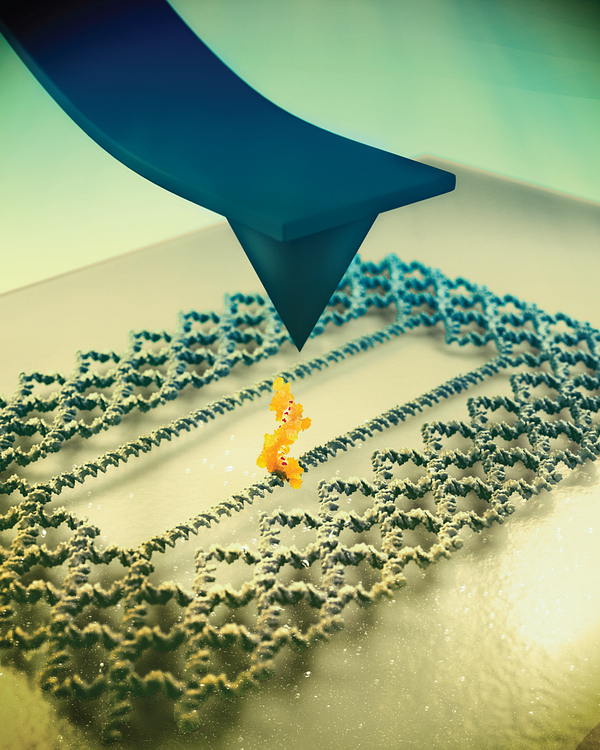
Cabinet of Curiosity Studio are specialists in the paper arts, using paper materials and techniques for a diversity of commissions at a variety of scales. Their paper-based artworks have been exhibited nationally and internationally in settings that include museums, theatres, arts venues and the public realm.
Andrew Lee is a research fellow at the Pollard Institute (Bionanotechnology), within the School of Electronic & Electrical Engineering. He is interested in understanding how the biomolecular machines of our cells — known as enzymes — work. To do this, he make movies of these enzymes — which are a billionth of a metre in scale — performing their functions.
Stephen Hurrell and Benjamin Hanson
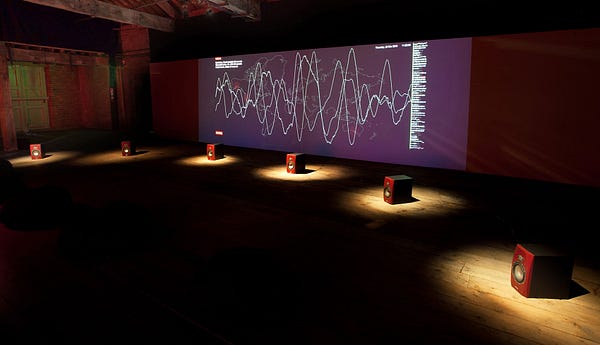
Stephen Hurrell is an artist, filmmaker and creative director of Hurrel Visual Arts. He unearths narratives and materials from specific environments to create new perspectives and artworks. He makes connections between things — in particular between art, nature, science and technology — and through this approach he produces innovative artworks in sculpture, photography, video, light and digital media.
Benjamin Hanson is a postdoctoral researcher within the School of Physics of Astronomy. With PhD students Kalila Cook and Christa Brown, his group focuses on the study of hierarchical biomechanics with a specific focus on the rational design of protein-based hydrogels. Hydrogels are novel materials formed when polymeric building blocks link together whilst immersed in water.
Louise Wilson and the Schroeder Group
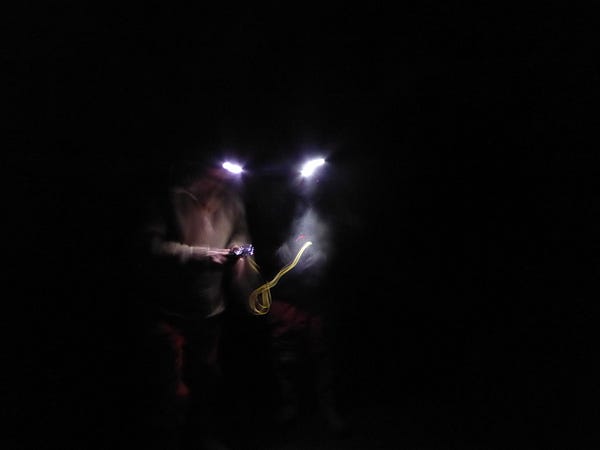
Louise Wilson is a lecturer and creative practitioner in the School of Design. Her work explores how we might extend our sense perception beyond the immediately audible (and visible) realm, to reveal overlooked aspects of sites and materials. Previous works have explored the ways in which listening can be prioritised to ask philosophical and material questions about the spatio-temporal physicality of place.
The Sven Schroeder group at Leeds has more than 25 years’ experience in translational research, broadly grounded in applied physical chemistry, but collaborating with researchers from a wide range of disciplines through our use of national and international large research facilities. Their applied research is relevant in fields as diverse as soft solids, solution chemistry, nanotechnology, electronics, catalysis, water, pharmaceuticals or fuels (energy). Industrial collaborators include the oil and gas, energy, healthcare, agrochemical, consumer product and heritage sectors.
Sarah Roberts and Beth Willneff
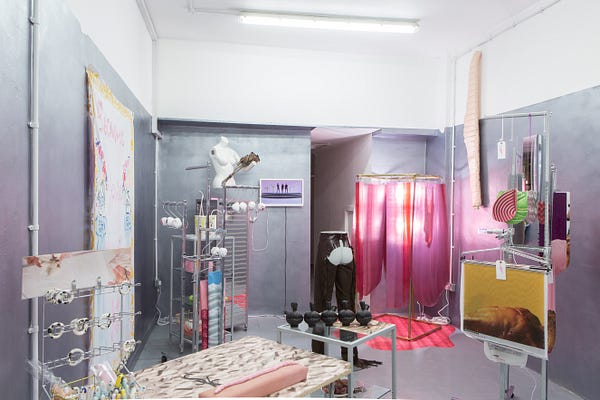
Sarah Roberts is an artist whose installations and sculptures examine material properties. She is interested in the actuality of the world’s surfaces, using these as a starting point to create new objects/ images/spaces, sounds/scents that reflect the properties of materials, whilst examining our obsessive relationship with consumption in the age of the Anthropocene.
Beth Willneff is a Senior Research Fellow in the School of Design. Her research interests lie in applying X-ray spectroscopies to the characterisation of real-world materials which intersects the academic disciplines of chemistry, physics, chemical engineering and materials science. She is particularly interested in studying materials relevant to real-world products and contemporary artists’ materials which could include pigments (organic or inorganic), polymers, pharmaceuticals, surfactants, chalk, textiles, nanoparticles and dyes.
Dominic Smith and Michael Ries
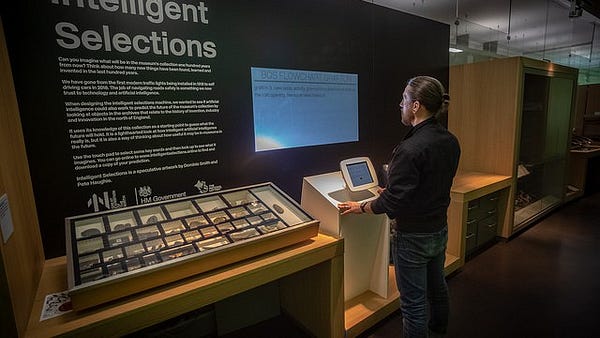
Dominic Smith is an artist, curator and researcher whose practice reflects an interest in the collaborative nature of narrative and lens-based practices, digital platforms, hybrid digital material culture, new technologies and experimental approaches to audience engagement via digital means and liveness.
Michael Ries is a Senior Lecturer in the School of Physics and Astronomy, with an interest in manufacturing plastics and composites from natural sources to lessen our dependence on fossil fuels. He has a patent pending process that can turn waste fabric into solid objects, which have properties to rival current synthetic materials. He is interested in learning from nature, and investigates how plants use biopolymers to build the structures required for life, so that we can learn how to make nature inspired materials with novel properties. I am a soft matter physicist with a background in nuclear magnetic resonance and have studied a variety of polymeric materials, from synthetic rubbers to cartilage and now the most abundant molecule on earth, cellulose. Cellulose is an incredible achievement of evolution; it is formed from air, water and light, and has mechanical properties that are superior to steel. My latest research is about uncovering ways to process this polysaccharide and produce all-natural materials.
Lawrence Molloy and the Leeds Electron Microscopy and Spectroscopy (LEMAS) Centre
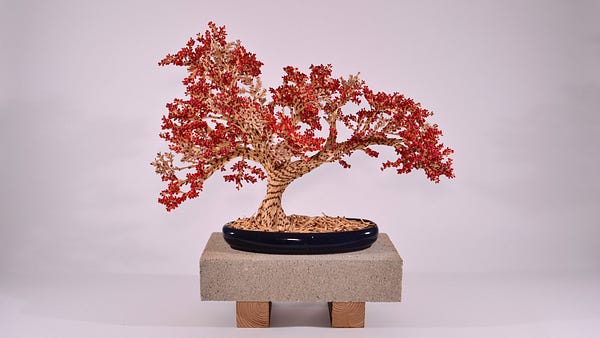
Lawrence Molloy is sculptor, curator and all-round curious person who uses art to explore the world. Working collaboratively across art, science & social history he makes photograms, sculptures (some interactive), live art making, games and events that aim to communicate the essence or wonder in an idea or thing.
The LEMAS (Leeds Electron Microscopy and Spectroscopy) Centre is internationally renowned for microscopic and spectroscopic characterisation of materials. The Centre develops and underpins materials characterisation techniques examining the morphology, structure and chemical composition of materials at multiple length scales. The group is comprised of academics, experimental and research officers, postdoctoral research fellows, technicians and postgraduate researchers. Some use a range of microscopes to work on specific projects (e.g. crystallisation, nanoparticle characterisation) while others use specific microscopes (e.g. scanning electron microscope, transmission electron microscope) with collaborative partners.
Caitlin Stobie and Paul Beales
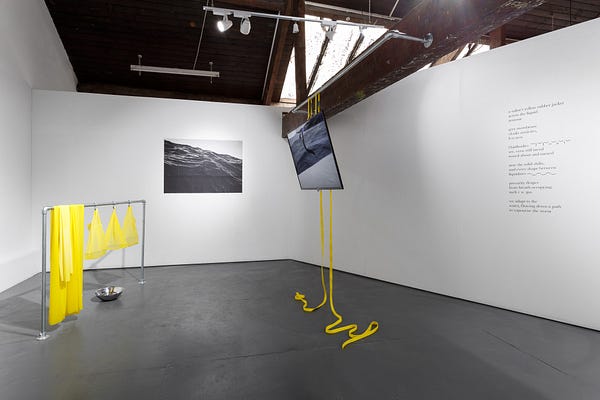
Caitlin Stobie is an internationally published poet and short story writer based in Leeds, where she recently completed her PhD in English Literature. Her creative practice is informed by the relationship between human and nonhuman bodies. It explores connections between literature and biology, focusing particularly on environmental and medical issues.
Paul Beales is an Associate Professor in the School of Chemistry, with a multidisciplinary scientific background in physics, chemical engineering and chemistry. His core research is in soft matter and biophysics, interested in fundamental scientific questions through to applications of these materials.
In particular, the majority of his work focuses on the properties and applications of biological and biomimetic membranes. Fundamentally, he investigates the structure and properties of biomembranes and how they are perturbed by interactions with peptides, proteins and nanoparticles. For applications, we are interested in their use for drug formulation and delivery as nanomedicines, enabling biotechnology applications and we have a long-term interest in trying to build artificial cells from their fundamental constituents.
Murray Royston-Ward and the Susan Bernal Lopez Group

Murray Royston-Ward is a sonic arts practitioner. His practice addresses improvisation’s core materiality by interrogating the relationships between humans and objects/materials. He uses audio technology, material resonance, and feedback in improvisatory relationships with materials to build instruments for improvisation and explore the entanglement of human and material in performance.
The Susan Bernal Lopez Group is made up of a mix of material scientists, environmental scientists and civil engineers. Their research mission is to design cements to construct the housing and infrastructure our society needs, with low enough greenhouse gas emissions to avoid catastrophic climate change.
Caroline Horton and Zlatko Papic
Since 2009, Caroline Horton has creating multi-award-winning theatre projects as a writer/performer in collaboration with directors, designers, performers and academics. Her work, which tours nationally and internationally, is funny, playful and profound — often wild — often personal — sometimes political.
Dr Zlatko Papic is a lecturer in the School of Physics and Astronomy. He is a condensed matter theorist working on topological phases, graphene, fractional quantum Hall effect, quantum information concepts such as entanglement and matrix-product states/tensor networks used to describe condensed matter systems, and nonequilibrium quantum dynamics of interacting disordered systems.